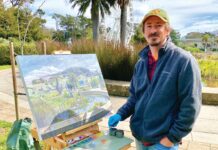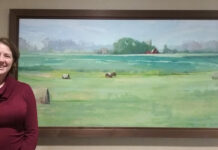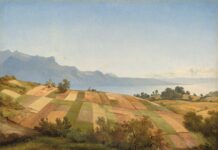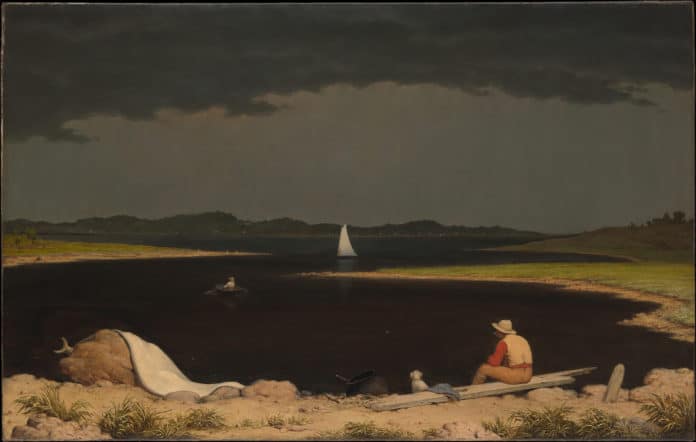
As a plein air painter, you are part of one of the largest art movements in history. Learn about those who have helped start this movement in some way, and be inspired to continue your own journey.
Artist Frederic Edwin Church
Although he kept a studio in the same building in New York City as several artists of the Hudson River School and became good friends with Frederic Edwin Church (1826–1900) — one of its most celebrated members — Martin Johnson Heade (1819–1904) operated on the fringes of the movement. His paintings exhibit the same influence of Romanticism, but while his building-mates turned to the wilds for inspiration for their majestic depictions of mountains, valleys, and waterfalls, Heade opted for decidedly more horizontal expanses of subdued scenery — primarily salt marshes and coastal settings, from Massachusetts to New Jersey.
Even when he painted storms, a favorite subject, he preferred the somber buildup to the main event. Here, rather than the tempest itself, it was its prelude — the blackening sky and eerily illuminated landscape — that inspired the artist to capture the scene he witnessed on Rhode Island’s Narragansett Bay in a sketch, which provided the basis for this painting.
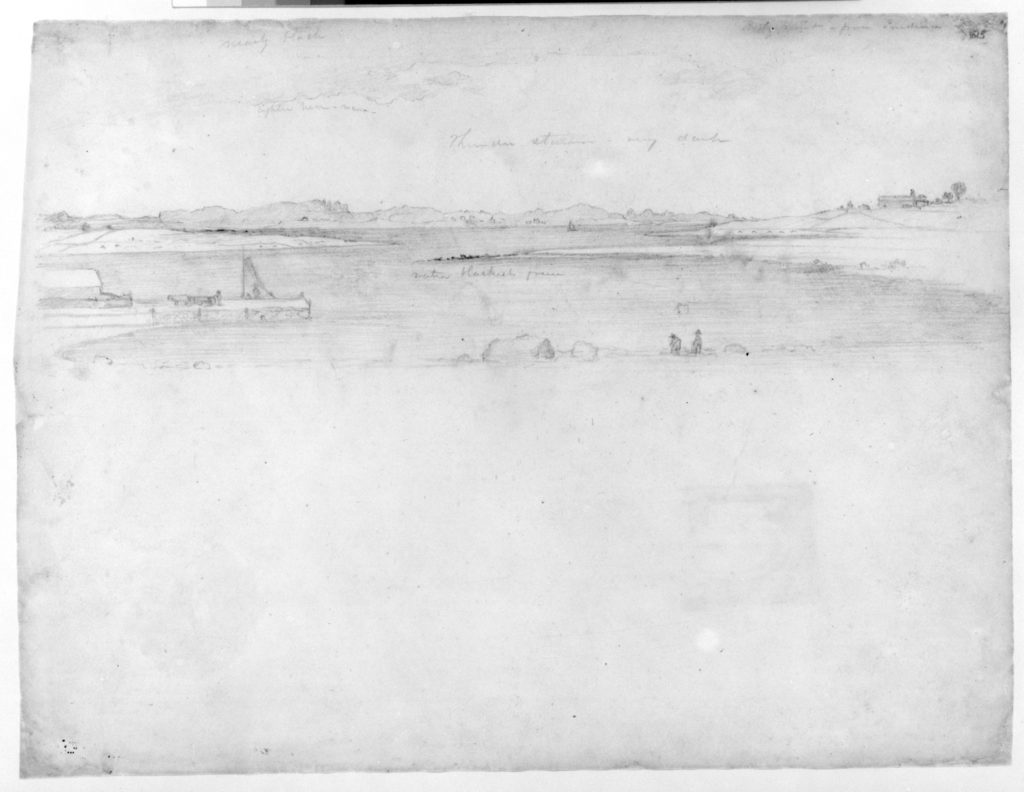
Watch a documentary about the plein air painting movement to learn more about its history and evolution:
Upcoming travel and art events with Streamline Publishing:
- May 2-6, 2020: The 9th Annual Plein Air Convention & Expo
- June 7-14, 2020: Publisher’s Invitational: Paint Adirondacks
- October 12-19, 2020: Publisher’s Invitational: Fall Color Week in New Hampshire’s White Mountains
- Click here to subscribe to the free newsletter, Plein Air Today
- And click here to subscribe to PleinAir Magazine so you never miss an issue!

